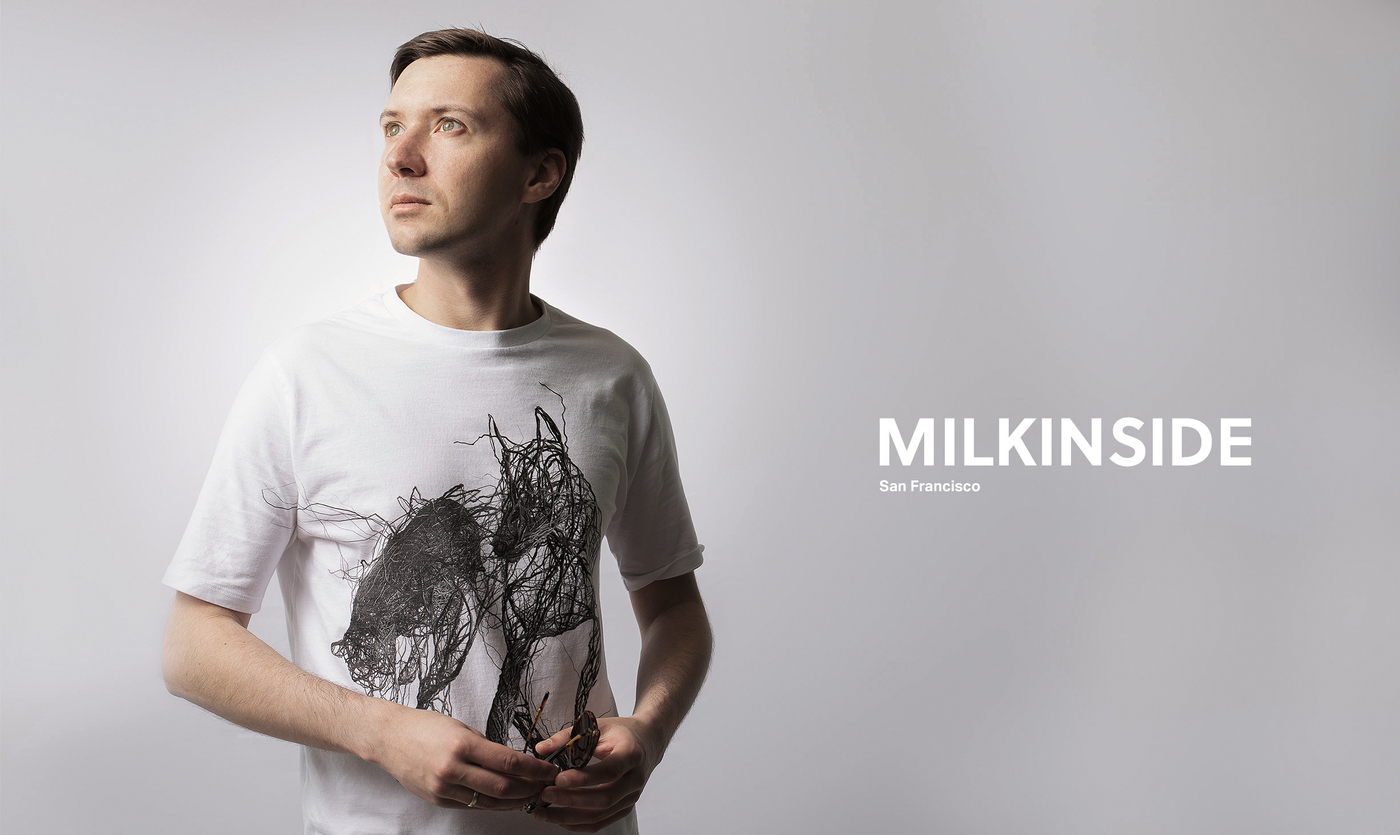
Gleb Kuznetsov, co-founder and design director of Milkinside, is more than a designer – it takes an artist to make human and product interactions awe-inspiring. With over 25 years of experience, Gleb Kuznetsov has elevated product design to art, earning a stunning roster of world-class clients and one of the largest followings in the global design community. His signature style, inspired by the beauty of the natural world, is known for being exquisitely detailed and fluid, immersive, and full of life. He brings across the future in a way that users can feel connected to. His design philosophy and approach to building design systems have created entirely new consumer experiences for clients such as Huawei, Google, OPPO, Twitter, Mitsubishi, Honda, Airbus, and many more. His work has received numerous awards, including CES Innovation Awards for the past six years in a row.
Interview with Milkinside
Red Dot: What does design mean to you?
Milkinside: Design is so many things. Design is an umbrella term that describes the way that humans bring thought and intention, and value into the world. It is a function. And beauty. And emotion. All of these. The design reflects the very best of what we are capable of.
To what extent do you think new technologies are changing design?
If possible, I am both blown away and bemused by the great wave of AI and its influence on art and design. Our human capacity to remix and reimagine visual combinations has just exploded. And it is so exciting for the everyday user. But I think we haven’t yet seen the real power of these generative technologies to extend and expand upon new ideas rather than just remix copies of other works. The future of design will be a combination of handcraft and AI-powered design tools. They have the chance to become a natural extension of the designer. I believe that the true power of AI tools will shine when tools learn from a creator and will be able to reflect the creator’s personality in the final design. Next-gen AI will learn both about the user and from the user and create works with functionality and aesthetics that meet the user’s needs and taste. The result of the creation of such tools will have a more authentic human fingerprint to it.
How would you define good communication design?
Great communication design is almost always subconscious. Our primitive emotions have processed and felt the message long before we translate the words or symbols. So first, good communication design is something connects viewers and users to values and intentions most simply. The fewer questions a user has when they look at and use your design – the better it is.
What makes your work unique?
I was among the first designers to add 3D elements and authentic motion to digital interfaces in large commercial products – like vehicle infotainments systems and mobile device operating systems. At the time, my only goal was to bring some real emotion to the experience of these digital products. What separates us from robots and machines is that we can create meaning and feel things – we are even compelled to. So, I thought we could stop treating these products and interfaces as mere tools, and instead look at start treating them like a as the core part of the experience. A brief moment of emotion can shape an entire experience. Design is a process of shaping an experience to create emotional connections with and for users.
Was your award-winning work inspired by current social issues?
This product was specifically developed in response to the global pandemic. Travelling is one of the most fragmented experiences in the world, with users bouncing through disparate ecosystems. The onus has always been put on the user to overcome the massive support gaps in the experience of getting from door to door, and these gaps grew wider under the strain of the public health crisis. Tripset by Milkinside and Airbus services sought to serve passengers and providers alike in a strained and fragmented travel system. Communicating changes to travel conditions in context – from cancellations to health emergencies to natural disasters – serves the public interest as well as the emotional well-being of users.




![[Translate to English:] [Translate to English:]](/fileadmin/_processed_/5/b/csm_91-01956-2022BC.0837263_CO_2_13daedad82.jpg)
![[Translate to English:] [Translate to English:]](/fileadmin/_processed_/a/0/csm_91-02748-2022BC.0837213_CO_ffec15b950.jpg)
![[Translate to English:] [Translate to English:]](/fileadmin/_processed_/d/5/csm_91-02746-2022BC_9361ad2e42.jpg)